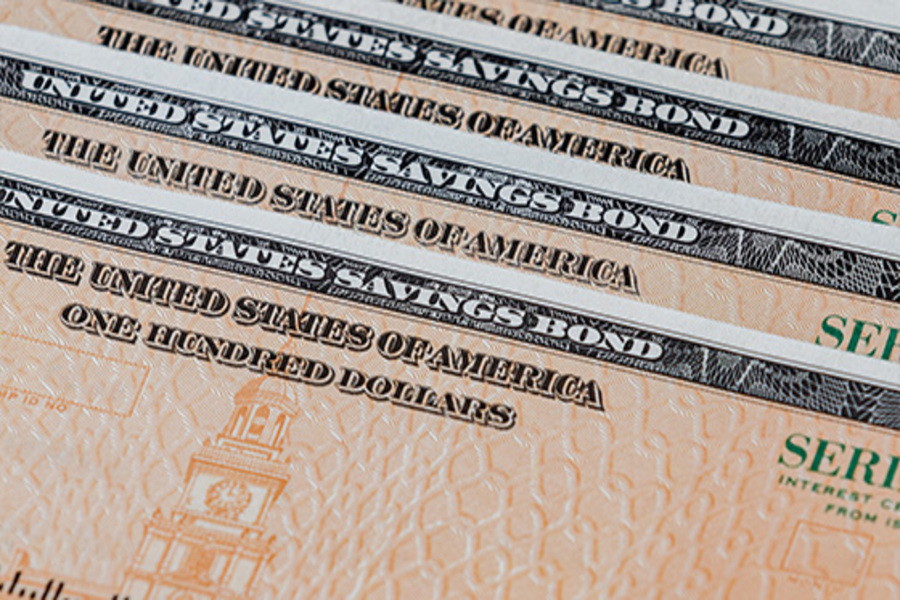Savings bonds are purchased by many Americans, often as a way to help fund college or show their patriotism. Series EE bonds, which replaced Series E bonds, were first issued in 1980. From 2001 to 2011, they were designated as “Patriot Bonds” as a way for Americans “to express support for our nation’s anti-terrorism efforts,” according to the U.S. Treasury Department. Perhaps you purchased some Series EE bonds many years ago and put them in a file cabinet or safe deposit box. Or maybe you bought them electronically and don’t think about them often. You may wonder: How is the interest you earn on EE bonds taxed? And if they reach final maturity, what steps do you need to take to ensure there’s no loss of...
11
Aug 2024
0




